Uncertainty for Alaskan Salmon as Mining Companies Dig In
Wild Alaskan salmon are a gold standard for American seafood. The long journey from the river to the ocean and back builds the muscle mass that gives the fish their distinct texture and flavor, and the clean rivers of the north produce seafood with very low levels of mercury and other contaminants. Indigenous communities have been harvesting salmon in Northwestern North America for more than 10,000 years and some still depend on subsistence fishing for survival. In southeastern Alaska, salmon fishing and processing adds an annual total of about $70 million to the local economy.
But 21st-century salmon face many stressors, including habit loss, climate change, and overfishing. As a result, salmon populations are declining across the United States. The fish still thrive in some parts of Alaska, but local residents and scientists are increasingly concerned about an additional stressor: the mining industry. Active mines, proposed mines, and dozens of exploratory projects span the transboundary region of southeastern Alaska and British Columbia, which includes three major salmon-bearing rivers. One of these proposed mines, the Kerr-Sulphurets-Mitchell project in Canada, will extract ore from what is reportedly the largest undeveloped gold-copper deposit in the world.
For decades, scientists have been trying to understand the impact of mining on salmonids, a family that includes salmon, trout, and other closely related fish. In July, the journal Science Advances published a review study evaluating more than 100 research papers and documents, concluding that the earlier research has underestimated the impacts of mining operations on Pacific salmonids. Mining activities are of special concern today, the authors wrote, because demand for metals is rising as manufacturers seek raw materials for low-carbon technologies like electric car batteries.
Even under normal circumstances, mining can release contaminants like heavy metals into nearby watersheds, threatening the health of salmon. And mine tailings — the slurry of silt, fine sand, clay, and water that’s left behind after ore is extracted — need to be carefully stored beyond the life of the mine. Without proper environmental mitigation, scientists say, current and proposed mining activities could have devastating effects on Alaskan salmon and their watersheds.
In interviews with Undark, several mining representatives underscored the industry’s efforts to keep watersheds free of contaminants. But many scientists and locals remain skeptical, and they worry about losing the region’s salmon. The nonprofit Salmon Beyond Borders was created to protect transboundary rivers and ways of life. “Wild salmon are at the center of my life,” said Heather Hardcastle, a campaign adviser for the organization, “as they are at the center of most people’s lives in this region.”
Northwestern North America represents a convergence of natural resources, wrote the July paper’s 20-plus authors, most of whom are affiliated with the region’s universities, First Nations, or environmental nonprofits. Northwestern North America holds substantial reserves of coal and metals. It is also home to “some of the most productive and least disturbed salmonid habitat remaining on Earth,” the authors wrote. These fish are unique for their large home ranges and for their tendency to use all of the accessible parts of the watershed. For these and other reasons, it can be difficult to assess and mitigate the risks of mining.
The review was comprehensive, analyzing not only peer-reviewed studies, but also government databases and reports, and industry disclosure documents and technical materials. The results were sobering: Mining operations often fail to meet their own water quality goals, the review found. Further, few studies have compared the predicted impacts of mining with the industry’s actual impacts. Cumulative effects of multiple mines and other stressors are often underestimated. Mitigation strategies aren’t always based on proven technology, and they rarely consider the effects of climate change in years to come.
Lead researcher Chris Sergeant said the July paper is the first of its kind to comprehensively review and summarize the impact of mining on salmon and provide guidance on how to improve the science that supports mining policy. The scale of the review allowed researchers to see a big picture, which can be difficult to visualize based on individual datasets, especially when the data comes from the mining companies themselves.
“It’s nearly impossible with the data we’re given by mining operations these days to do a kind of pre-project assessment of risk,” Sergeant said. “The data quality is so non-transparent and not done systematically.” Sergeant also said he wasn’t surprised by his paper’s findings, given that there are so many individual examples of how mining operations can affect watersheds. Having those examples all together in one place, though, makes the extent of the problem clearer.
Jonathan Moore, a professor at Simon Fraser University in British Columbia who worked on the July review, noted that salmon also help support the overall health of local watersheds. More than 100 species are believed to have some kind of relationship with salmon, whether direct or indirect. Trout eat salmon eggs and young salmon, for example, and bears eat the spawning adults. When salmon die, their bodies contribute nutrients like nitrogen and phosphorus to the watershed and the forests that grow nearby.
The ecological impact of these nutrients is sometimes visible to the human eye. A 2021 study found that the “greenness” of vegetation along the lower Adams River in British Columbia increased in the summers following a productive sockeye salmon run. Another study found that the presence of dead salmon in spawning grounds influenced the growth rate of Sitka spruce trees not just close to the riverbank but also farther into the forest, where researchers said “bear trails and assumed urine deposition were prevalent.”
Environmental activists and scientists are wary of new mining projects, in part, because mining disasters are still happening, even though modern infrastructure is supposed to be robust enough to prevent them. During a 2014 dam failure at the Mount Polley Mine in British Columbia, for example, 32 million cubic yards of wastewater and mine tailings spilled into a nearby lake. From there, the mine waste traveled down a creek and into a second lake, which supports one of the region’s most important salmon habitats.
The mining company, Imperial Metals, maintains that the tailings from the Mount Polley spill did not cause largescale environmental damage. The tailings contained very little pyrite, a mineral that can generate sulfuric acid when exposed to air and water, wrote C.D. Anglin, who worked as the company’s chief scientific officer in the aftermath of the Mount Polley accident, in an email to Undark. Sulfuric acid is one of the most environmentally concerning consequences of mining. When the compound enters a watershed, it doesn’t just threaten the health and survival of fish and other animals, it can also dissolve other heavy metals like lead and mercury from rock it contacts. But, Anglin wrote, “the Mount Polley tailings are considered chemically benign.”
Still, a 2022 study found that the dam failure did have environmental consequences. The study, which was not included in the July review, was led by Gregory Pyle, a researcher at the University of Lethbridge in Alberta, Canada. Pyle and his colleagues took water, sediment, and invertebrate samples from sites impacted by the spill and from a nearby waterbody, Bootjack Lake, that was not impacted by the spill. In the areas most affected by the spill, Pyle’s team found elevated copper levels in the sediment, as well as high concentrations of copper in the bodies of invertebrates living in those areas. Notably, the researchers also found elevated copper levels in Bootjack Lake, which suggests that the environmental impact of the Mount Polley mine predates the spill itself.
Anglin said the study’s results are misleading. “While the copper levels are slightly higher than in some of the organisms in unimpacted areas,” she wrote, “they are not at a level of environmental concern.”
Pyle disagrees. In an interview with Undark, he pointed to a follow-up study in which his team exposed freshwater scuds (a shrimplike mollusk) to contaminated and uncontaminated water and sediment collected four years after the Mount Polley spill. “When they were in contact with the sediments for as little as 14 days,” he said, “it impaired their growth and survival.” The results of Pyle’s study have implications for salmon since scuds and other invertebrates are an important food source for these fish.
Copper can also build up in the bodies of salmon, as well as their prey, impacting their growth and survival. Studies have found that even sub-lethal copper levels can harm salmon’s olfactory system, which may make it harder for them to avoid predators and orient themselves in their habitat. “Copper has these really insidious effects in terms of salmon’s ability to navigate,” said Moore. “Salmon might not be able to find their way home, for example, in a system that has excess copper.”
Even when contaminants are taken out of the equation, scientists say, the sheer volume of material entering the watershed during a spill like the one at Mount Polley can have physical consequences. “These big disasters like Mount Polley, they transform these systems,” said Moore. For example, the slurry of fine sediment and waste material can cover the gravel where salmon would otherwise lay their eggs, making it useless as spawning habitat.
The lingering effects of past mining have activists and scientists concerned about new projects like the proposed Kerr-Sulphurets-Mitchell mine, which is expected to begin construction in the summer of 2026. Hardcastle said Salmon Beyond Borders wants the region to take a precautionary approach to new mining projects.
“What’s the point otherwise of trying to decarbonize and get to a clean energy future,” she asks, “if all we’re doing is swapping the big oil and the fossil fuel industry for big mining?”
Christopher Mebane, assistant director for hydrologic studies at the U.S. Geological Survey, studies metals, toxicity, and mining and jokingly describes himself as “a dirty water biologist.” He called the July study, in which he was not involved, “a fair assessment” of the problems that mining activities can create for salmonids. “I can’t find a single misstatement or error,” he said. “But you know, if this were written by a group of mining engineers, it would have a very different tone and probably conclusions.”
Indeed, mining industry representatives say the mistakes of the past won’t be repeated. “Mines with tailing storage facilities are required by law to implement new design and operational criteria using best available technology,” said Michael Goehring, president and CEO of the Mining Association of British Columbia, a trade group. And Brent Murphy, senior vice president of environmental affairs at Seabridge Gold, the company that will operate the proposed KSM mine, said the KSM tailings management facility won’t drain into Alaskan waters. Although the mine itself will be located in a watershed that drains into a transboundary river, Murphy said the tailings facility will drain only into Canadian waters and does not require water treatment.
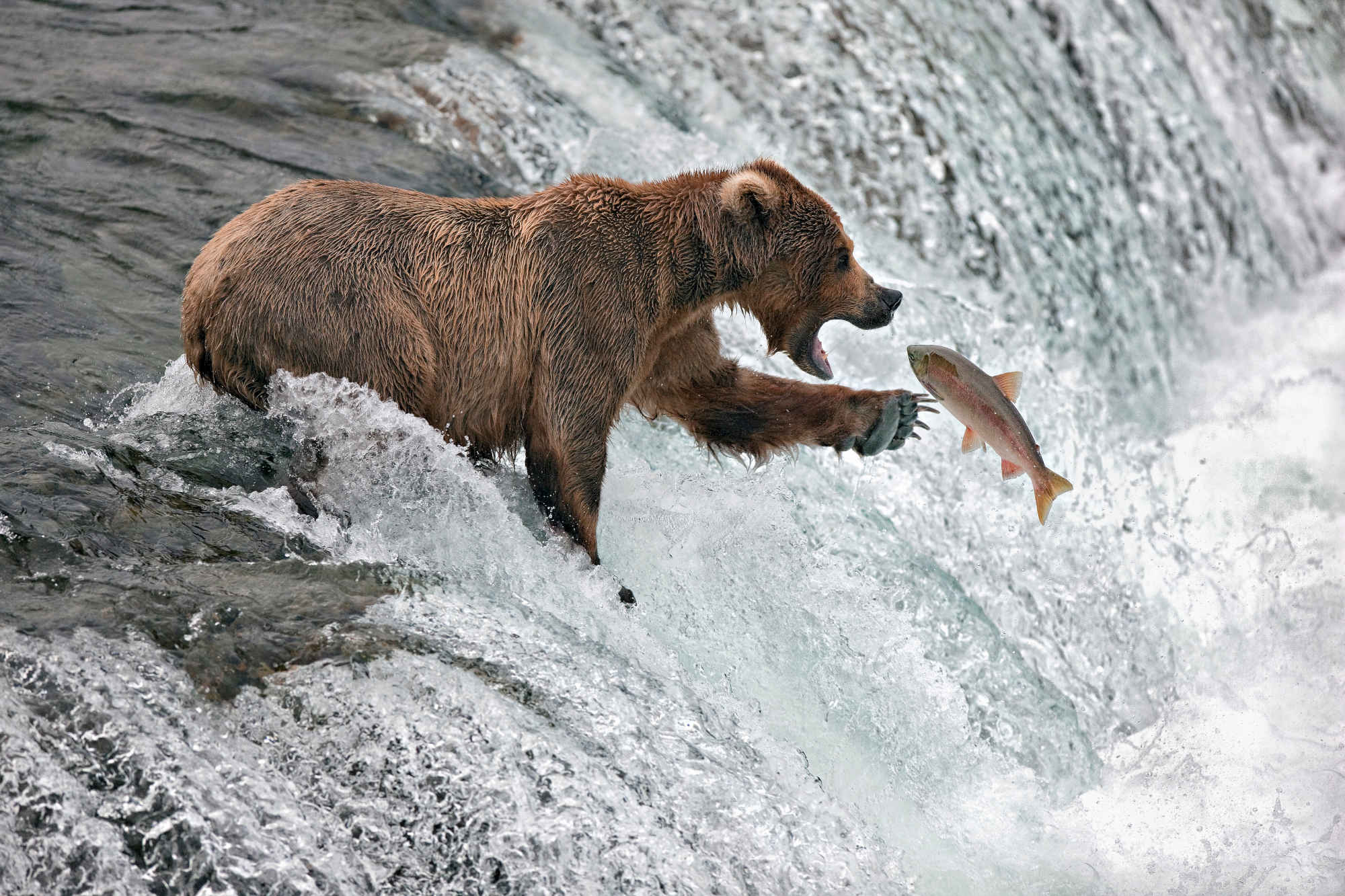
Murphy added that the tailings facility will be in a confining valley, closed off by two large dams. “We’re containing all of the potential acid-generating material, which is only 10 percent of the total volume of the tailings produced, within a lined facility,” he said. That part of the facility will be surrounded by more than 1.8 miles of compacted sandy material. The design, Murphy said, was implemented to address the concerns of local First Nations.
To satisfy agency and community concerns over the long term, mining operations may also propose water treatment plans that span centuries. Seabridge Gold said water treatment will continue for 200 years after the KSM mine closes, though Murphy told Undark that the water at the site is already naturally contaminated with copper, iron, and selenium and won’t be further contaminated by mine operations.
Christopher Sergeant, who led the July review, said he’s skeptical. “I don’t know of any successful examples of anyone treating water for 200 years,” he said. “And my understanding of corporate structure is that there’s not really a motivation once the project is not creating profit anymore. That’s a big concern of mine: Who is going to be on the hook for making sure that that water is treated in what’s basically perpetuity?”
Goehring said the cost of ongoing water treatment is paid for upfront. British Colombia already holds 2.3 billion Canadian dollars ($1.7 billion ) from the mining industry for the express purpose of containing mine waste, he said. This ensures that after the KSM mine closes, he added, “water treatment, if required, will continue to take place.”
Even so, the future effects of climate change could threaten infrastructure at KSM and other mines. “A lot of the calculations that are made for engineering are based on what the current environment looks like,” said Sergeant, adding that there’s really no way to predict how different the environment will be 10 or 20 years into the life of a mine. Destructive weather events are becoming more common, he noted, and they “aren’t necessarily considered in engineering designs.”
For now, environmental groups like Salmon Beyond Borders aim to convince agencies and policymakers to put a pause on new and expanding mines in shared watersheds until Canadian law can be revised to include provisions for downstream stakeholders. More significantly, Salmon Beyond Borders said it also wants a permanent ban on tailings dams near transboundary rivers. But because mining is so lucrative, permanent bans may not be practical or possible.
Moore said the July paper showcases the key challenges to protecting salmon populations in a region touched by the mining industry. He hopes the research points toward “a productive path forward,” he added, in which the mining industry can coexist with thriving salmon systems and the communities that depend on them.
UPDATE: A previous version of this piece incorrectly stated that the KSM tailings management facility will be located in a watershed that drains into a transboundary river and that wastewater will be piped to a treatment facility miles away. While the mine itself is located in such a watershed, the tailings management facility drains only into Canadian waters and does not require water treatment. The piece also originally referred to Heather Hardcastle as the campaign director for Salmon Without Borders. She is a campaign adviser.
Becki Robins is a California native who loves exploring her state’s hidden places. Her favorite writing combines science with history, travel, and humor. Her work has appeared in Science News, Science News for Students, SciShow, and Grunge.com.





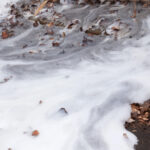

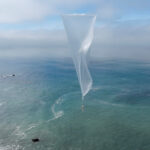


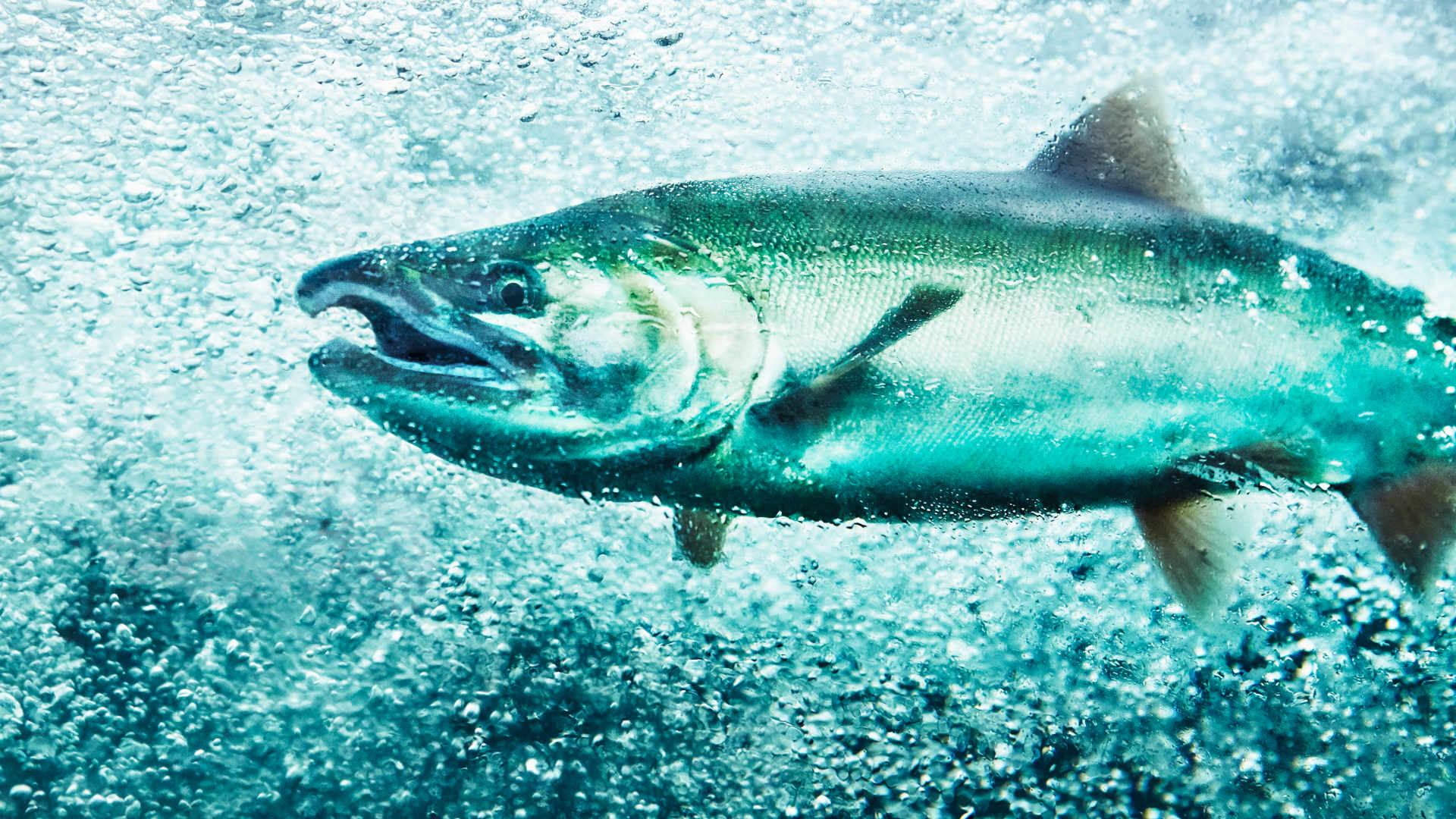
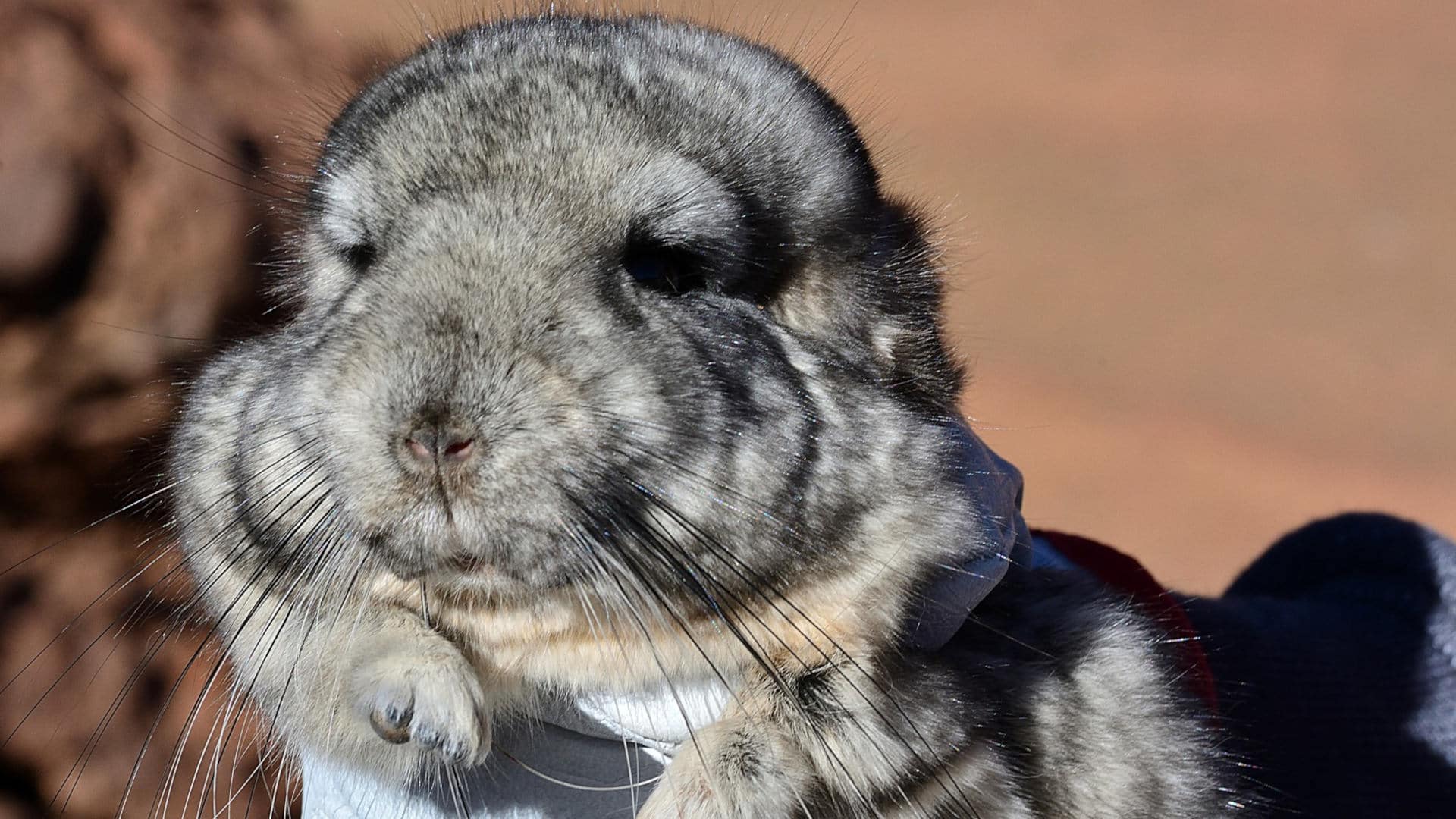
Comments are automatically closed one year after article publication. Archived comments are below.
Please next time interview at least one of the Sovereign Indigenous Nations in southeast Alaska that have lived here and managed these waters since time immemorial.
Food and natural habit are more important than gold.
oh yeah.